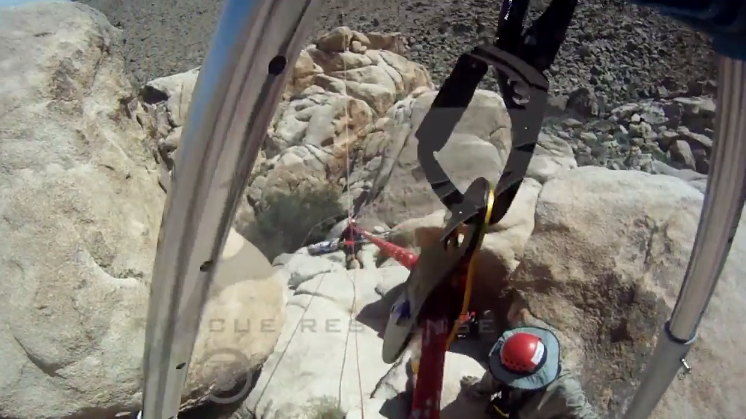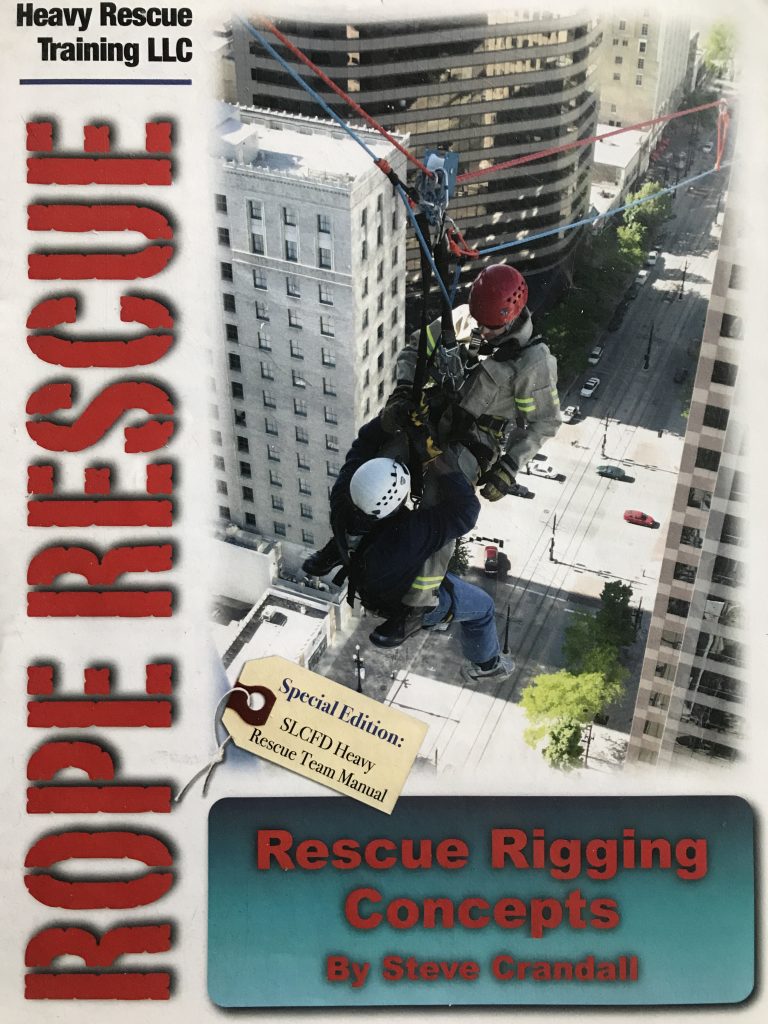Two Tensioned Rope Rescue Systems
Two Tensioned Rope Rescue Systems For decades, rescue agencies and teams have configured their rope rescue systems around some variation of a fully tensioned main line and an untensioned safety or belay line. Organizations and manufacturers have invested a great deal into research and training to make these rope rescue systems as safe as possible. […]
Two Tensioned Rope Rescue Systems Read More »



